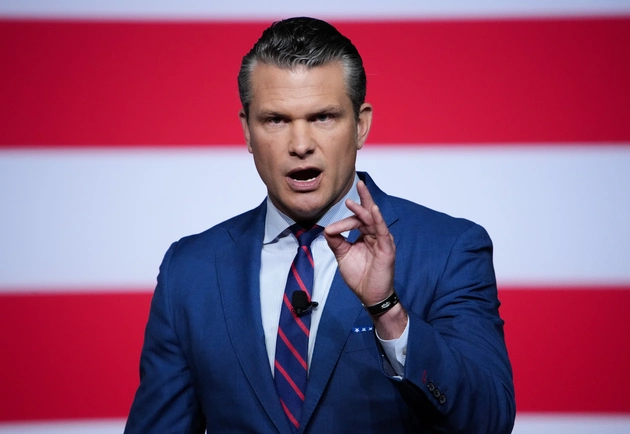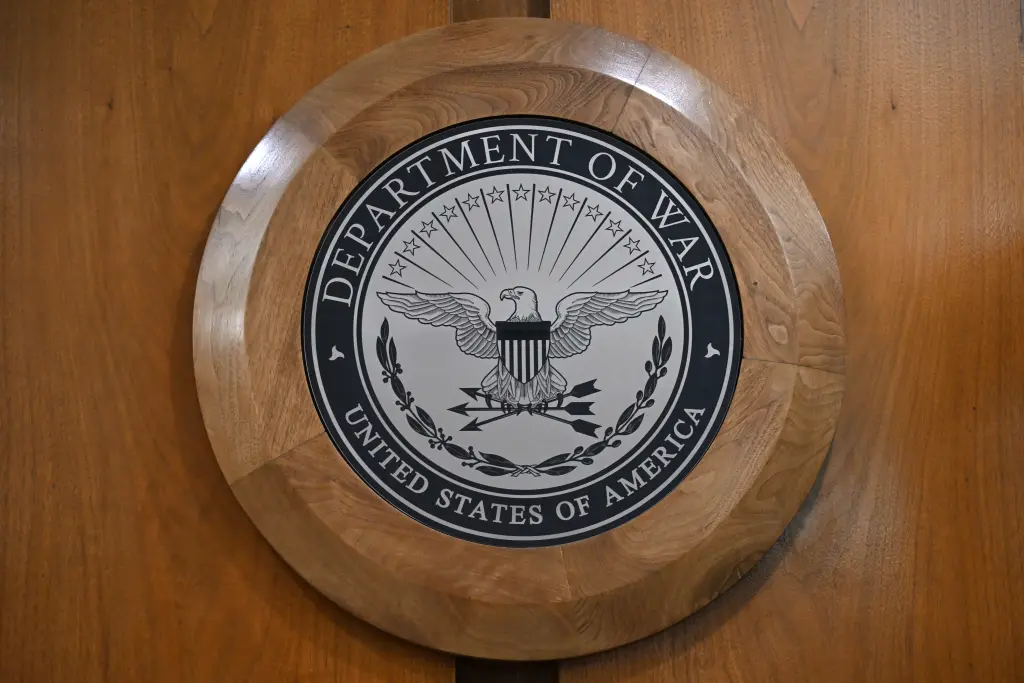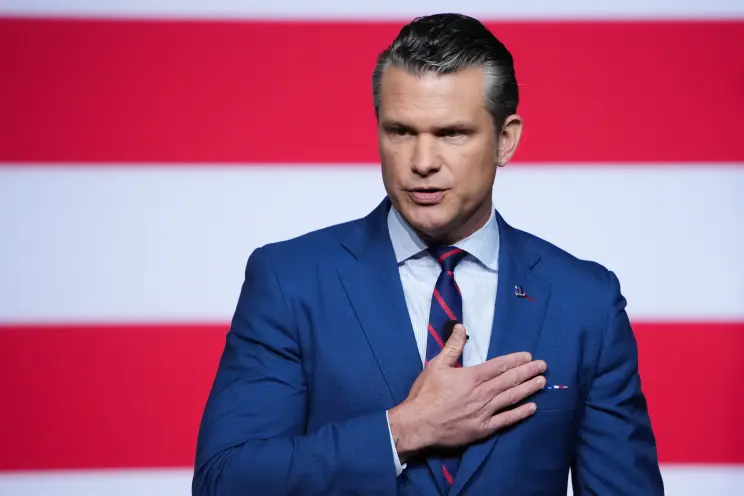Navy Chief of Staff Jon Harrison Removed Amid Pete Hegseth’s Pentagon Shake-Up — Inside the Decision That’s Stirring Waves Across Washington
The Pentagon is once again in the headlines, this time following the sudden removal of Navy Chief of Staff Jon Harrison in what officials are calling part of a “broader leadership realignment” under War Secretary Pete Hegseth. The move, confirmed in a statement from the Department of War, marks the latest shift in a series of personnel changes that have reshaped the upper levels of the defense hierarchy in recent weeks.
“Jon Harrison will no longer serve as Chief of Staff to the Secretary of the Navy,” a department spokesperson told the New York Post. “We are grateful for his service to the Department.” The tone was respectful but firm — signaling a clear transition in leadership philosophy at one of the Pentagon’s most scrutinized branches.

Harrison’s departure comes at a time when the Pentagon is under increasing pressure to modernize, refocus, and redefine its strategic priorities. His exit, while unexpected to some insiders, fits into the pattern of Hegseth’s direct and reform-oriented management style. Since taking charge, Hegseth has made no secret of his desire to streamline operations, strengthen chain-of-command accountability, and instill what he calls a “mission-first mindset” throughout the Department of War.
Jon Harrison, a longtime naval officer and respected figure in Washington, had served in the role for nearly two years. Known for his steady demeanor and deep understanding of naval operations, he played a central role in coordinating communication between the Navy’s top brass and the Secretary’s office. Colleagues describe him as both diplomatic and disciplined, someone who quietly kept things running behind the scenes. His sudden removal, however, underscores the shifting priorities of the current Pentagon leadership.

Though no official reason for the change was given, defense analysts point to internal restructuring efforts and differing visions for strategic policy as likely factors. Under Hegseth’s leadership, the War Department has taken a more assertive stance on military readiness, emphasizing strength through efficiency and combat preparedness over bureaucratic procedure. That approach has drawn both praise and criticism — supporters view it as a necessary wake-up call, while critics worry it could disrupt continuity within military ranks.
Behind closed doors, some Pentagon insiders describe the environment as one of high expectations and fast-paced reform. Hegseth’s approach, they say, leaves little room for hesitation. His focus on discipline, decisiveness, and clarity has reshaped how department heads interact and operate. Those who align with his vision have found opportunities for advancement, while others — like Harrison — have found themselves quietly stepping aside.
What comes next for Jon Harrison remains unclear. Some reports suggest he may transition into an advisory role within the Navy or move to a civilian defense think tank. Others believe he may take time away from public service altogether after decades of commitment to national defense.

For Hegseth, however, the move signals momentum. His tenure has been marked by a desire to bring sharper focus to U.S. military operations amid a changing global landscape — from renewed great-power competition to evolving technological warfare. Each decision, including this one, seems designed to reflect that shift.
Publicly, Hegseth has remained diplomatic, offering no direct comment beyond the official statement. But those who have worked with him describe a leader unafraid of making difficult calls. His philosophy, often quoted from his previous writings and speeches, centers around accountability and action — values that now appear to be guiding his leadership at the Pentagon.
While shake-ups like this are not unusual in Washington, they often reveal deeper currents of change within the system. The Pentagon’s direction under Hegseth is becoming increasingly clear: fewer layers, tighter coordination, and a renewed focus on operational strength.
In the end, Jon Harrison’s departure marks more than just a personnel change. It’s another sign that the War Department, under Hegseth’s watch, is steering into a new era — one defined by rapid transformation and a clear demand for results. Whether this approach will strengthen or strain the Pentagon in the long run remains to be seen, but one thing is certain: the ripple effects are being felt across every corner of Washington.



